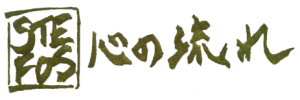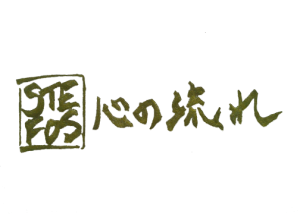Kanshitsu ・ 乾漆
When building an object with fabric and/or japanese paper, it is called Kanshitsu. First a model is made out of plaster, styrofoam or papermaché. Then a layer of lacquer, ricepaste and powdered clay with water called Hachisabi-Urushi is applied, dried and sanded to make it easier to separate the fabric or paper later from the model.
Nunokise ・ 布着せ
On top of the Hachisabi-Urushi comes the first layer of linen, which is fixed to it by Nori-Urushi, dried and sanded.
Now the pores have to be closed by Sabi-Urushi. This grants more stability and closes all interspace. Depending on how big, stabil and light in weight the form should be last, 3 to 7 or more layers of linen or paper in rotation with Sabi-Urushi are applied.
Washi ・ 和紙
Now that the shape is up, layers of Japanese paper, the washi, can be placed inside and out. Just like with linen, the washi is glued on with Nori-Urushi and finished with a layer of sabi-urushi.
Yamashinajiinoko und Sabi-Urushi ・山科地の粉と錆漆
When the structure of the fabric should not be visible or sensible and Washi not be used, Yamashinajinoko or Sabi-Urushi is applied in many layers.
Yamashinajinoko is a lot rougher and easier to work with for this basic work, but more expensive than powdered clay Tonoko (砥粉), from which the Sabi-Urushi is made. Finally there is no difference though.
Feet ・ 足
Are feet or other extentions to be attached, they are made by sawing and carving out of wood, which has to be soaked in lacquer just as any other wood and then dried.
When making very small feet, I use styrofoam, that becomes as hard as the object itself when covered in layers of linen and lacquer.
The wood or styrofoam will be attached with Nori-Urushi and flour, called Mugi-Urushi. Afterwards I apply one layer of linen over the feet and object, so the feet is securely attached.
Now Washi or Yamashinajinoko/ Sabi-Urushi is applied. At my work without Washi I used between 6 to 8 layers and hardened it with lacquer.
Thereafter working with coloured lacquer can start (see Use of Colours).

